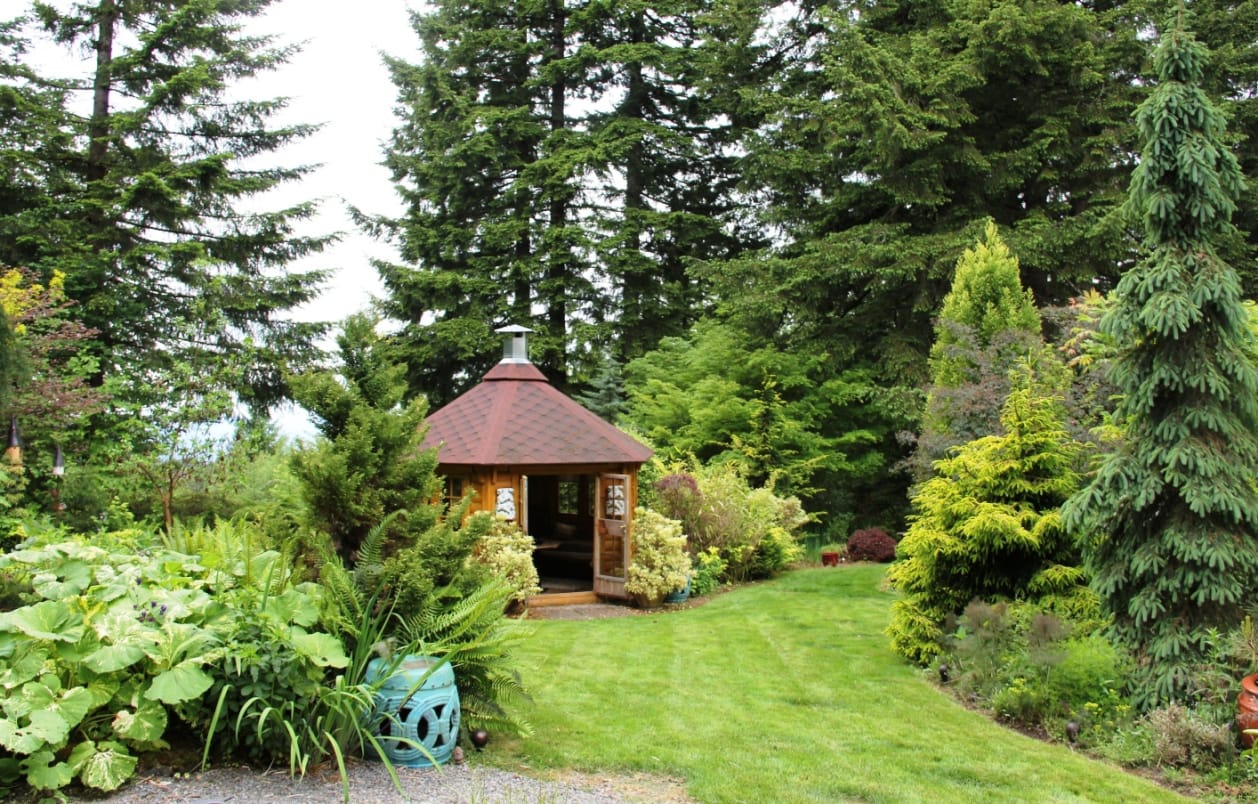The more I think about it, the more convinced I am that a perfectionist should not be a gardener. Gardening might drive a perfectionist mad, even if he or she had a team of hired help doing all the weeding, pruning and hoeing. Even if a garden is nothing more than formal clipped boxwood and crushed gravel pathways, we still have to contend with moles and blowing autumn leaves and moss. If you can’t see the beauty in a lush carpet of emerald green moss, how will you handle patches of dead lawn at the foot of a Douglas fir tree?
Does a perfectionist end their day of labor in the garden by briskly slapping the dust off of their hands and saying, “Completely done and perfect, too.” Although most of my gardening friends end a day of work with a feeling of satisfaction for a job well done, they seldom delude themselves into thinking that their work is finished for any longer than this one day. A lot can happen in a garden in 24 hours. The gardener Ray D. Everson wrote, “The philosopher who said that work well done never needs doing over never weeded a garden.”
If your watering system is not an automatic one, begin a hand-watering schedule for annuals, perennials, roses and potted plants. Most trees and shrubs need at least a couple of years to establish themselves before they can be left on their own for watering needs. If you are still putting new plants into your summer garden, remember to water long and deep once a day for a week, once a week for a month and then as needed throughout the season, depending on our rainfall.
Watering plants by hand with a hose is one of my favorite garden tasks. As a child I used to stand alongside my grandmother in her garden as she watered individual plants. In winter, when it was 75 degrees in Southern California, she would let me pour a bucket of ice at the feet of the hydrangeas to give them the winter chill they needed to bloom in summer. We had easy, rambling chats about the indelible scent of gardenias and the beauty of a truly red rose like Rosa “Mr. Lincoln.” At the time I didn’t think twice about our conversations but now they come back to me as vibrant reminders of our familial bond.



